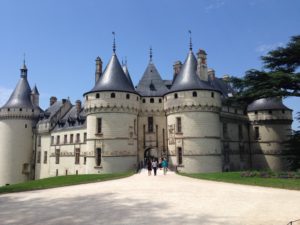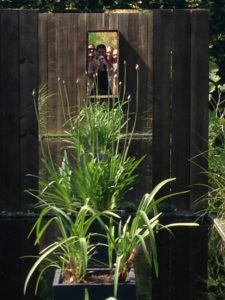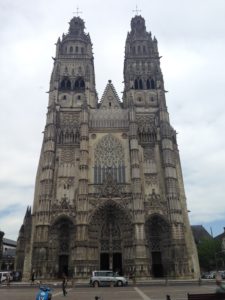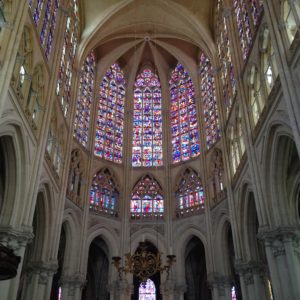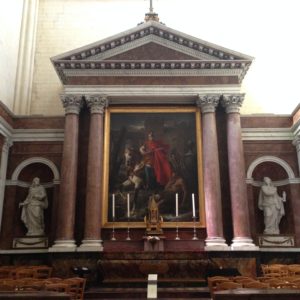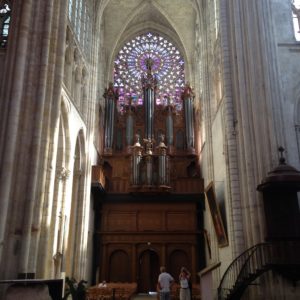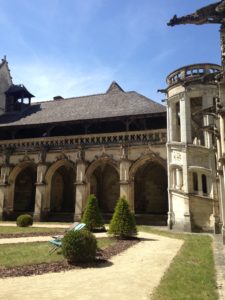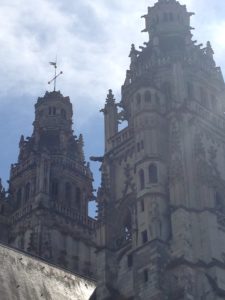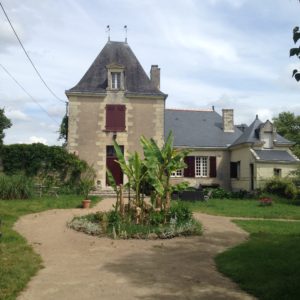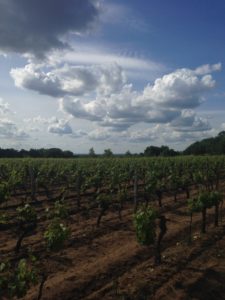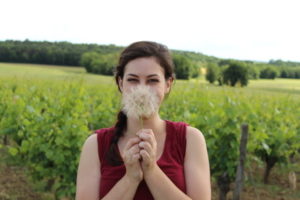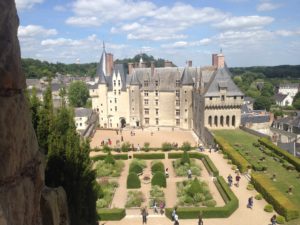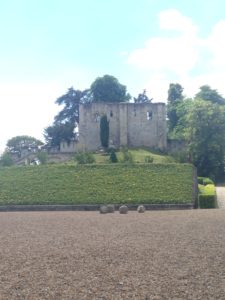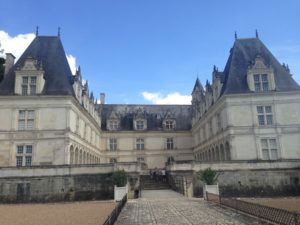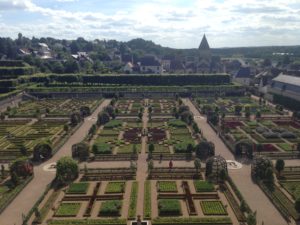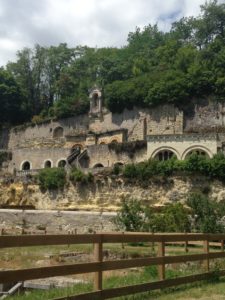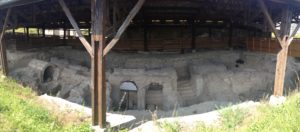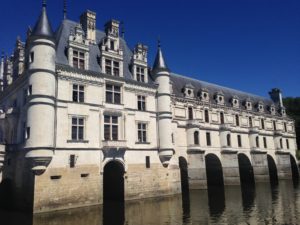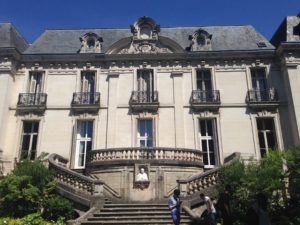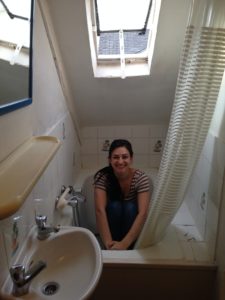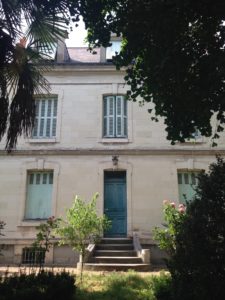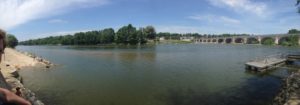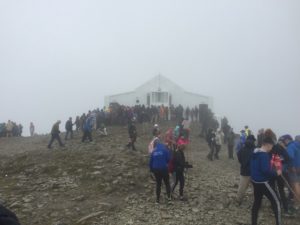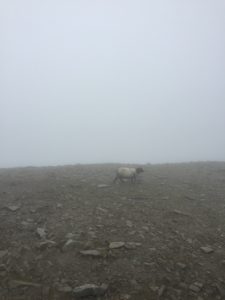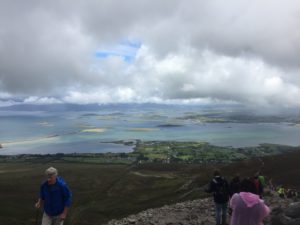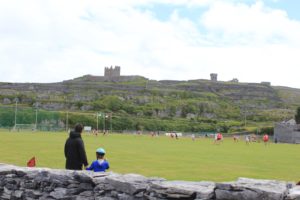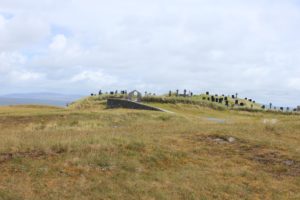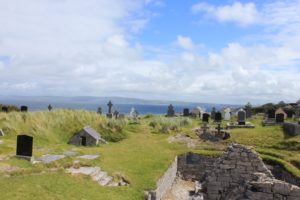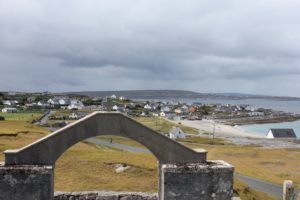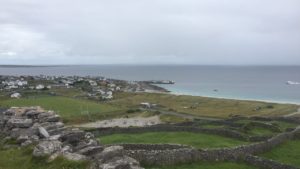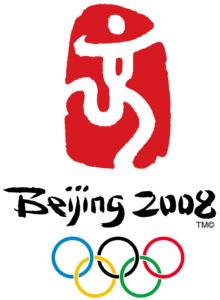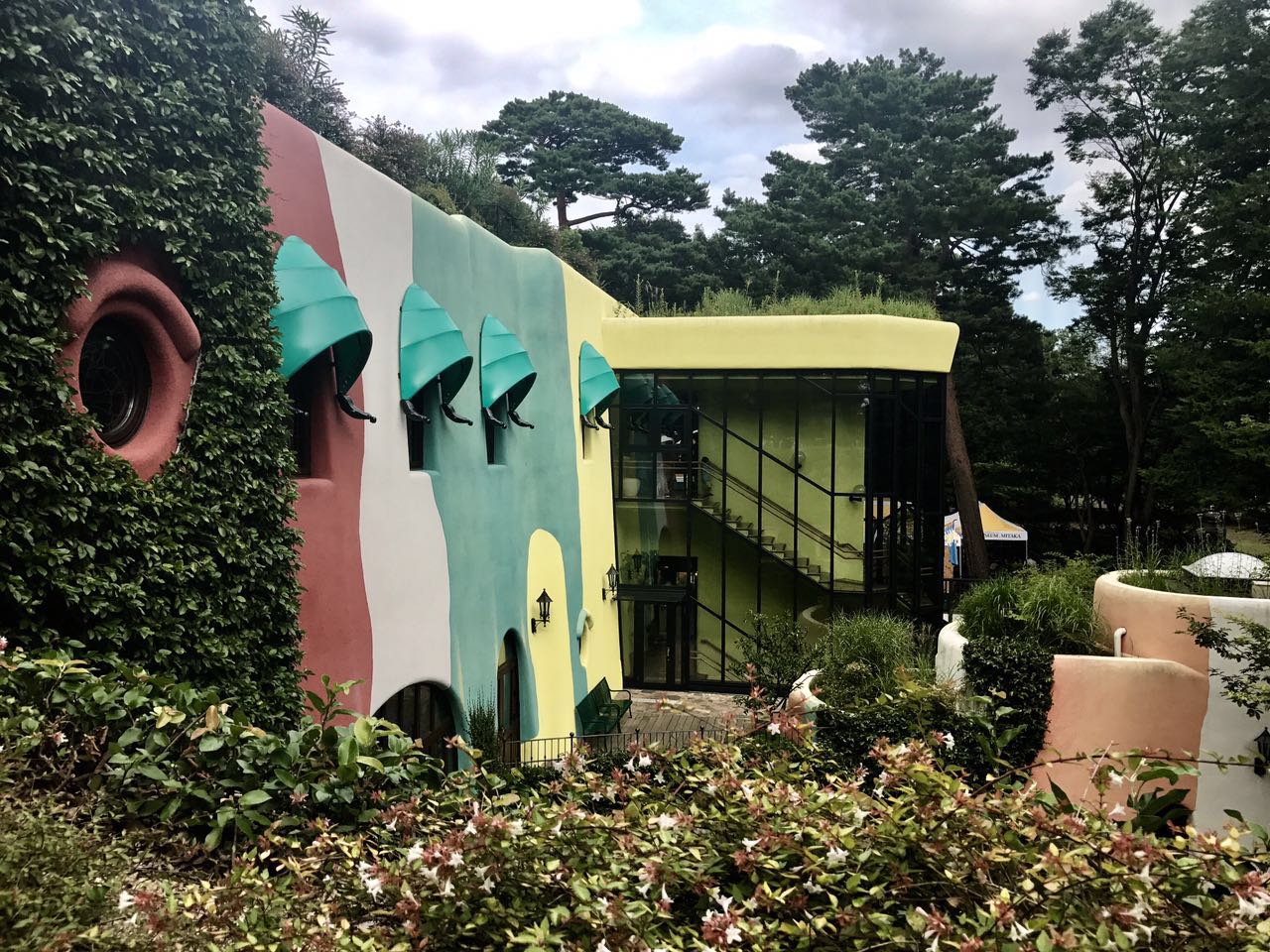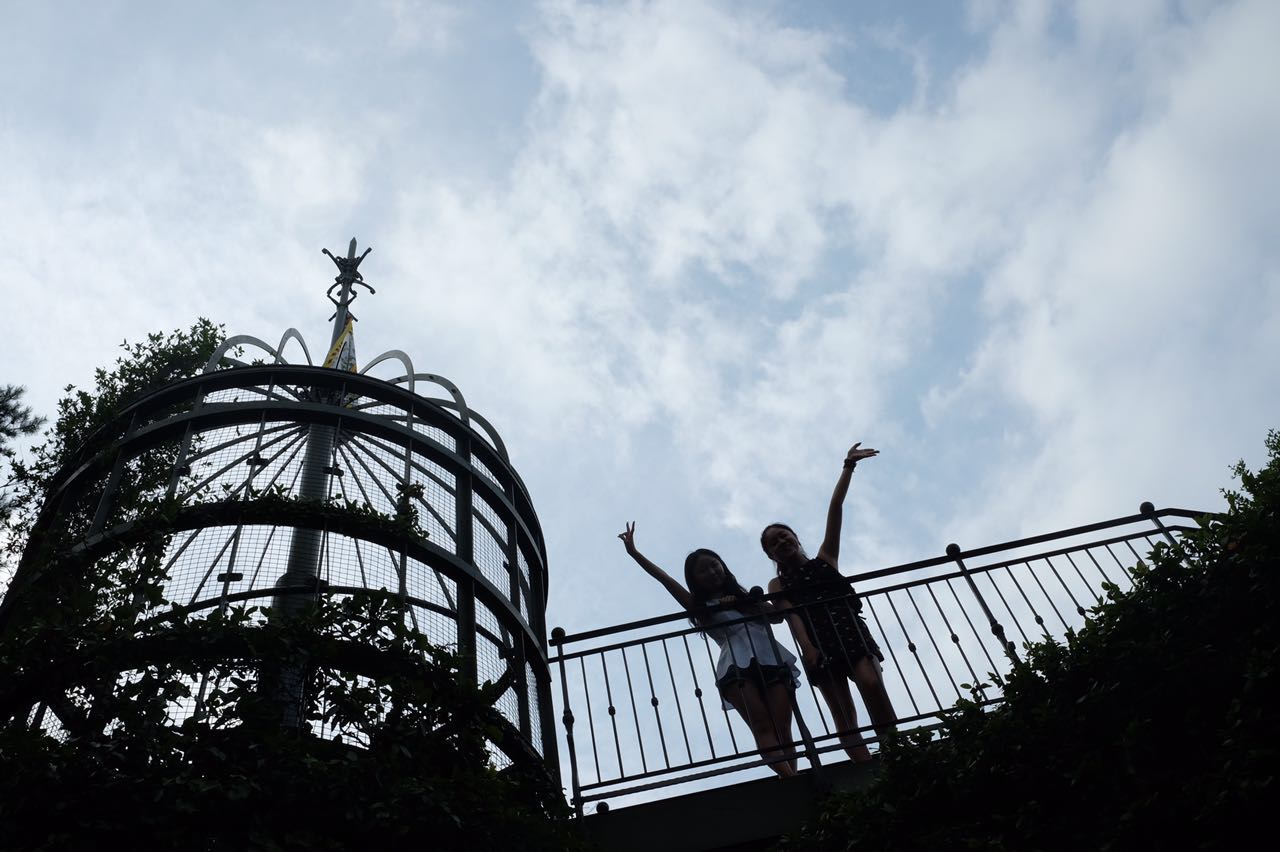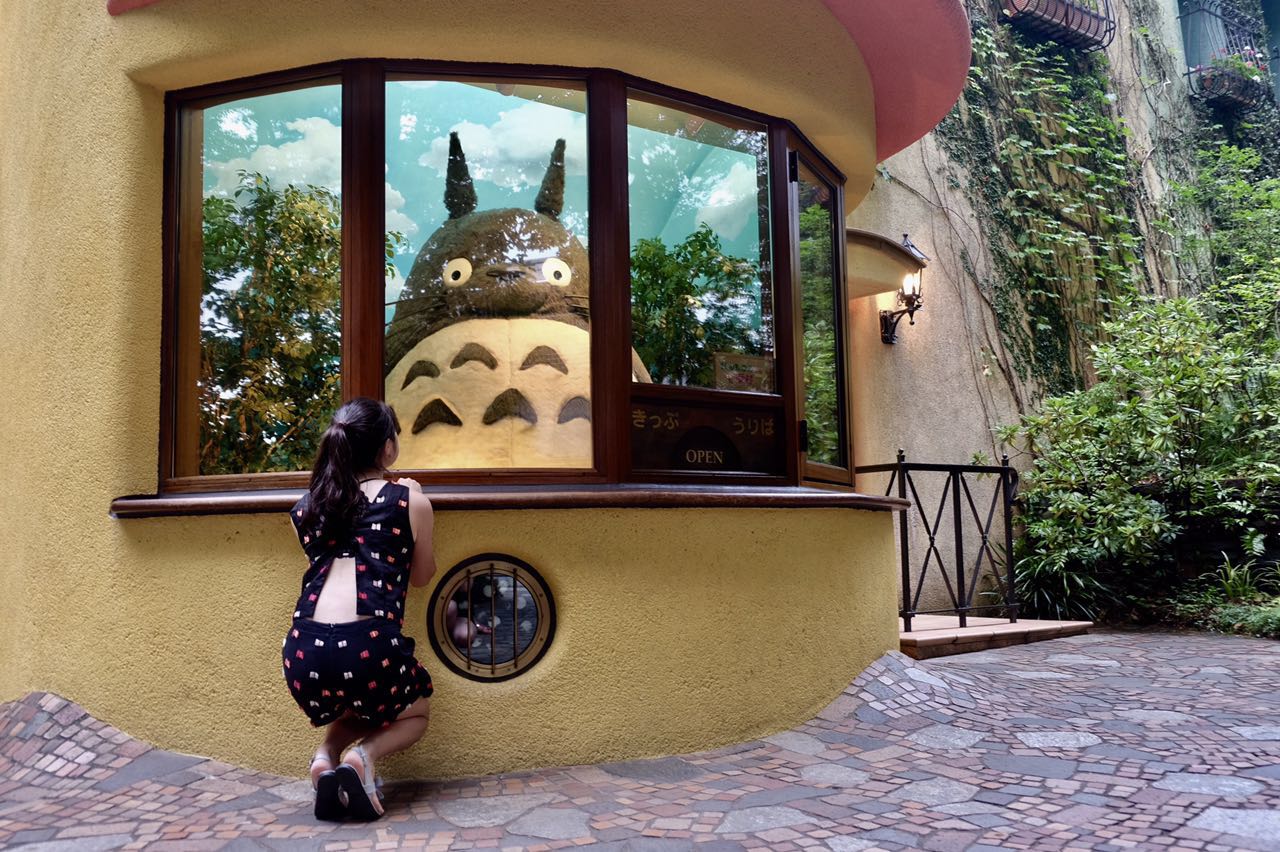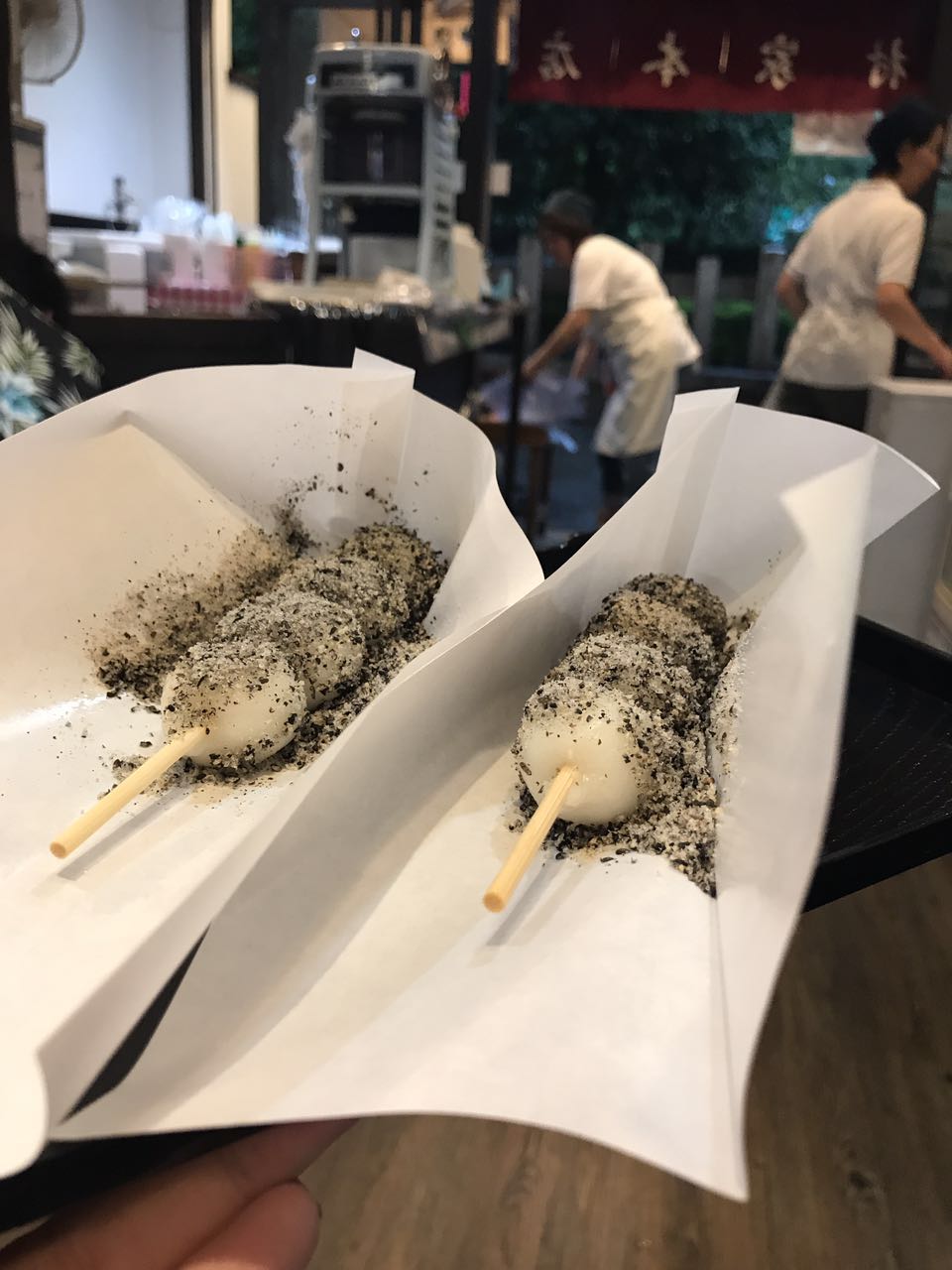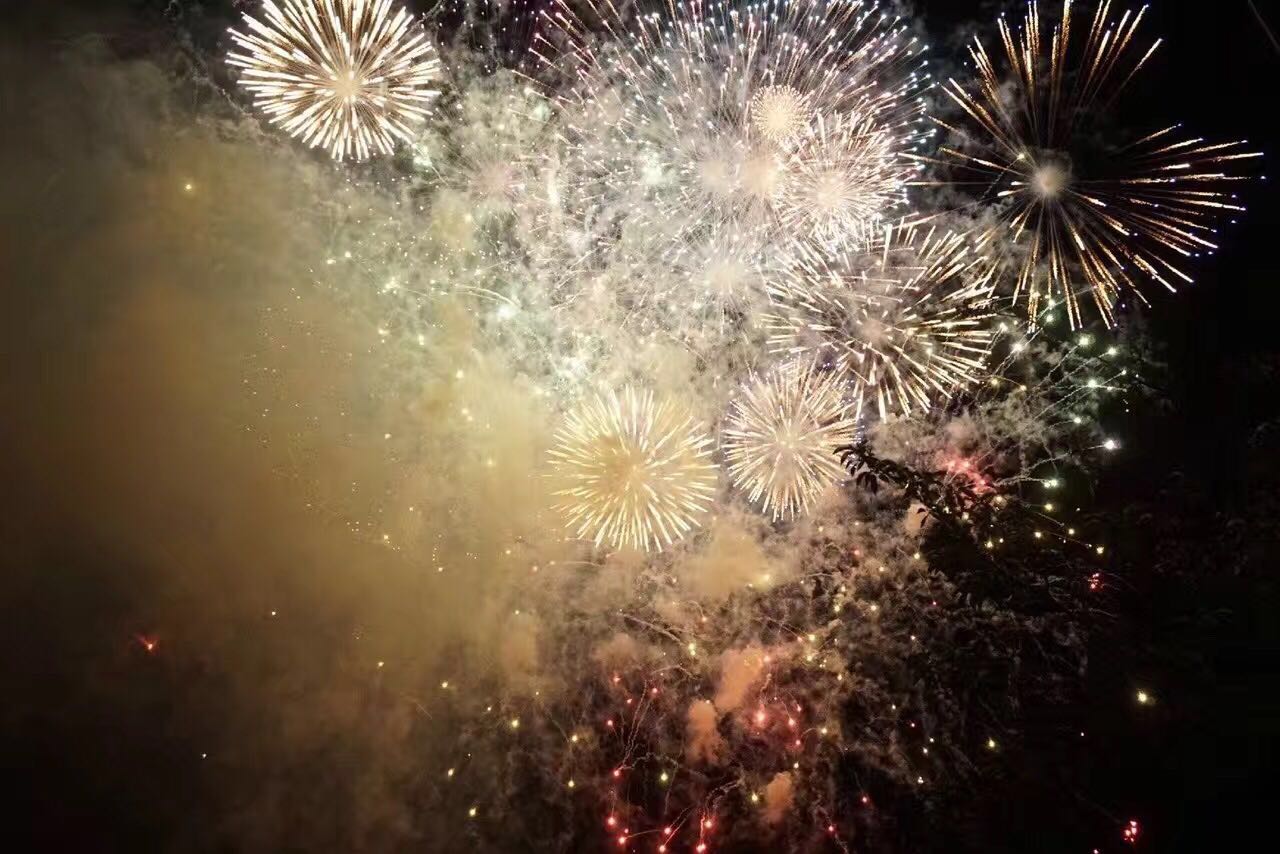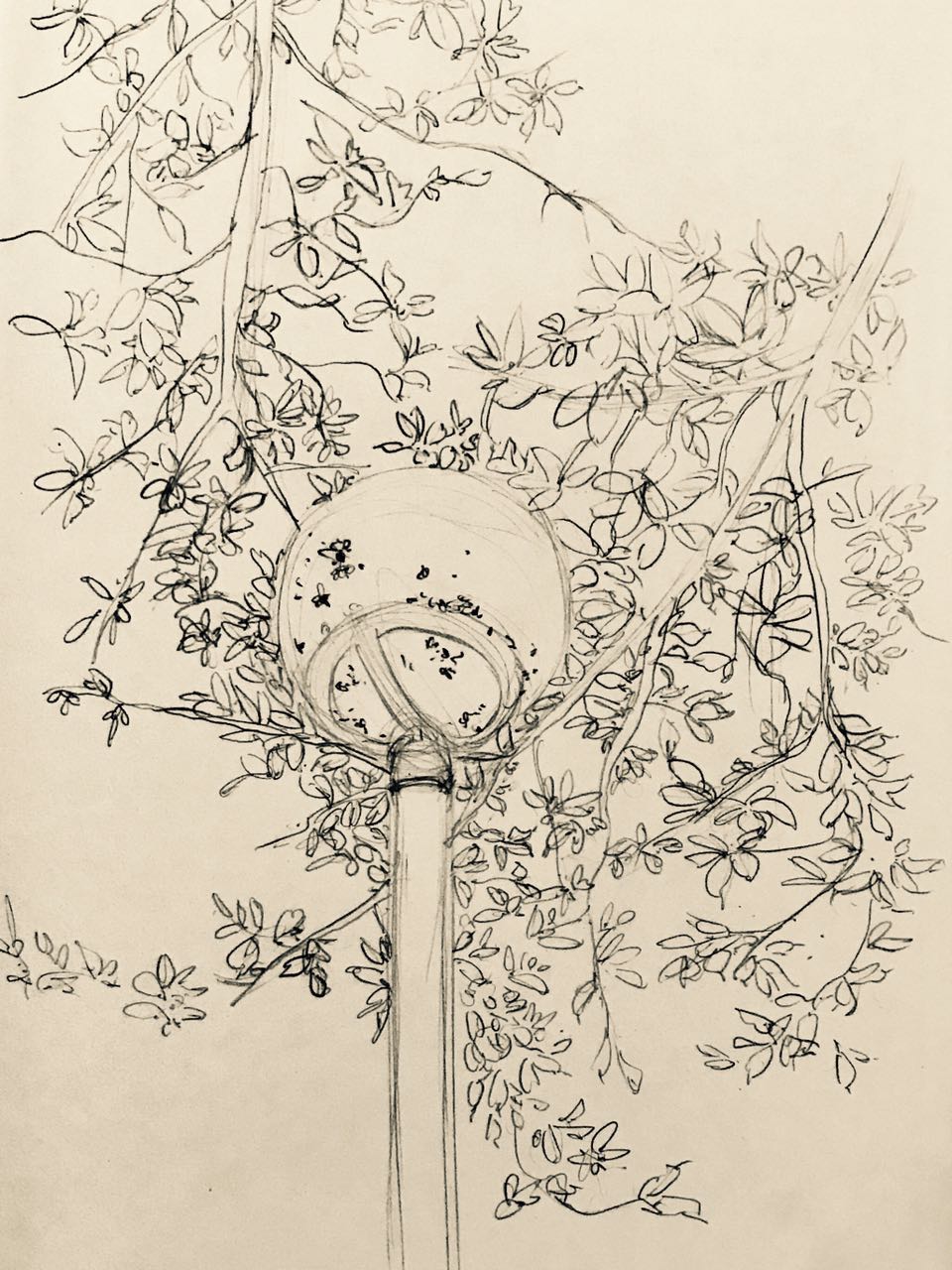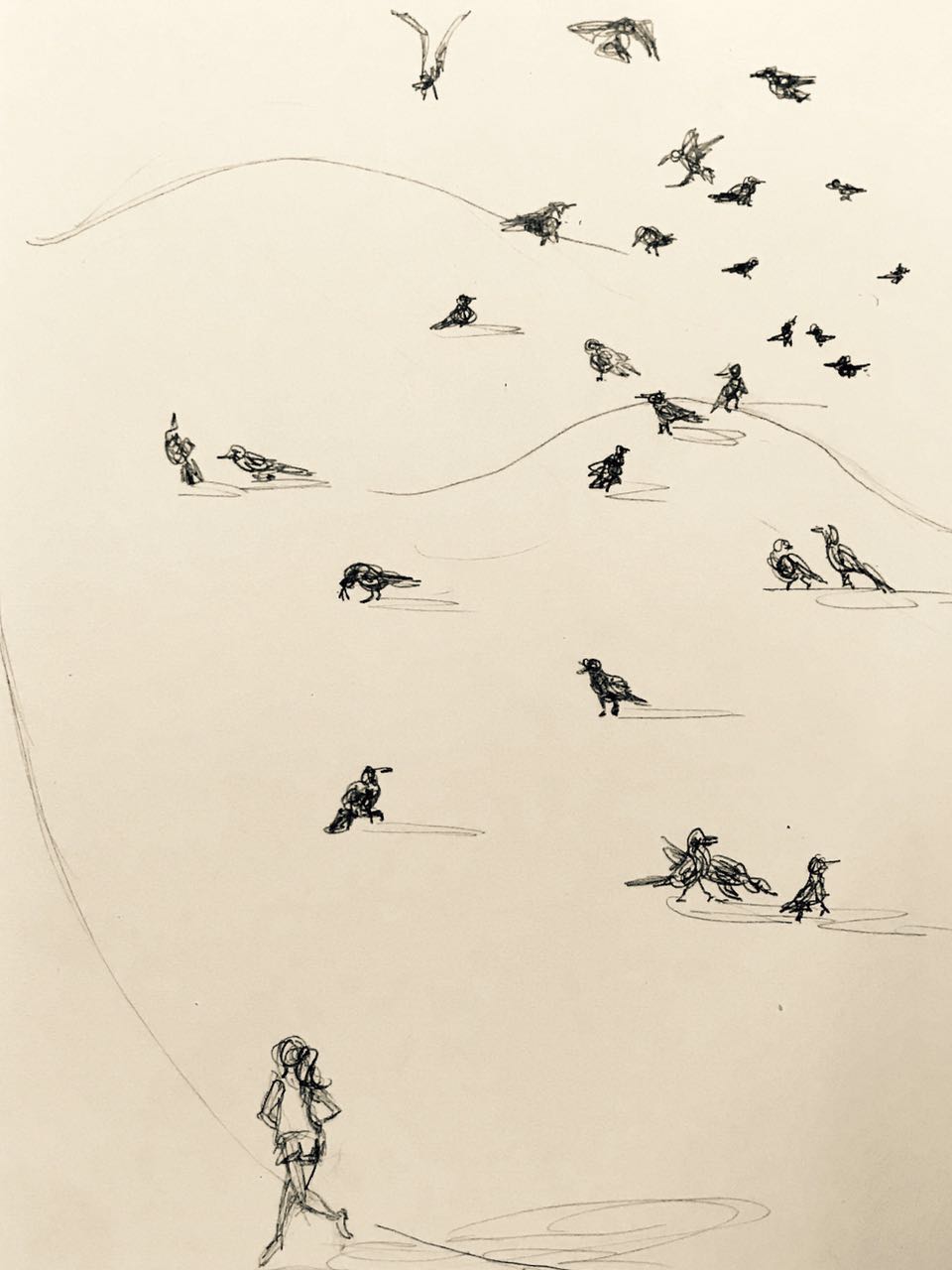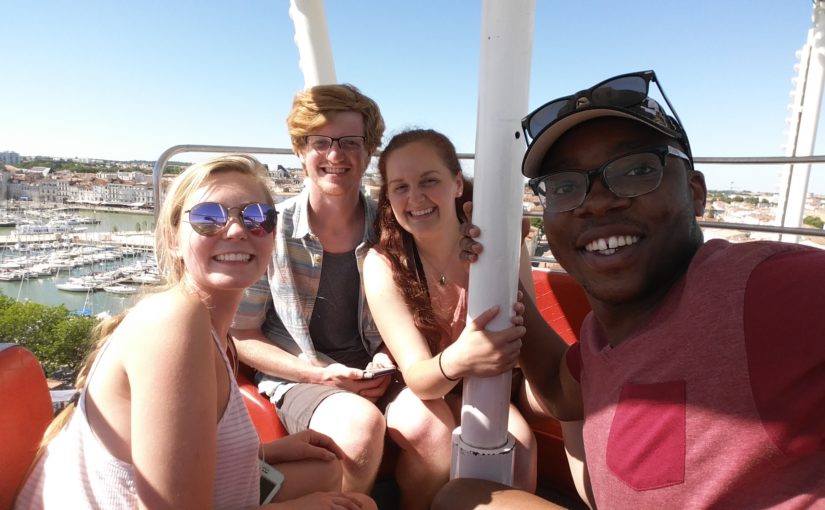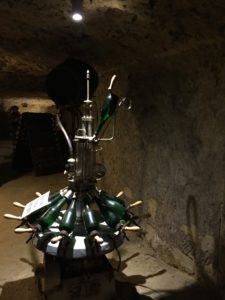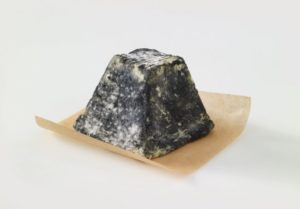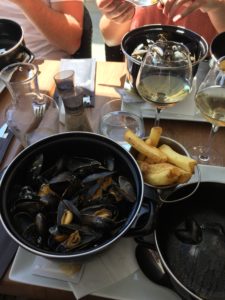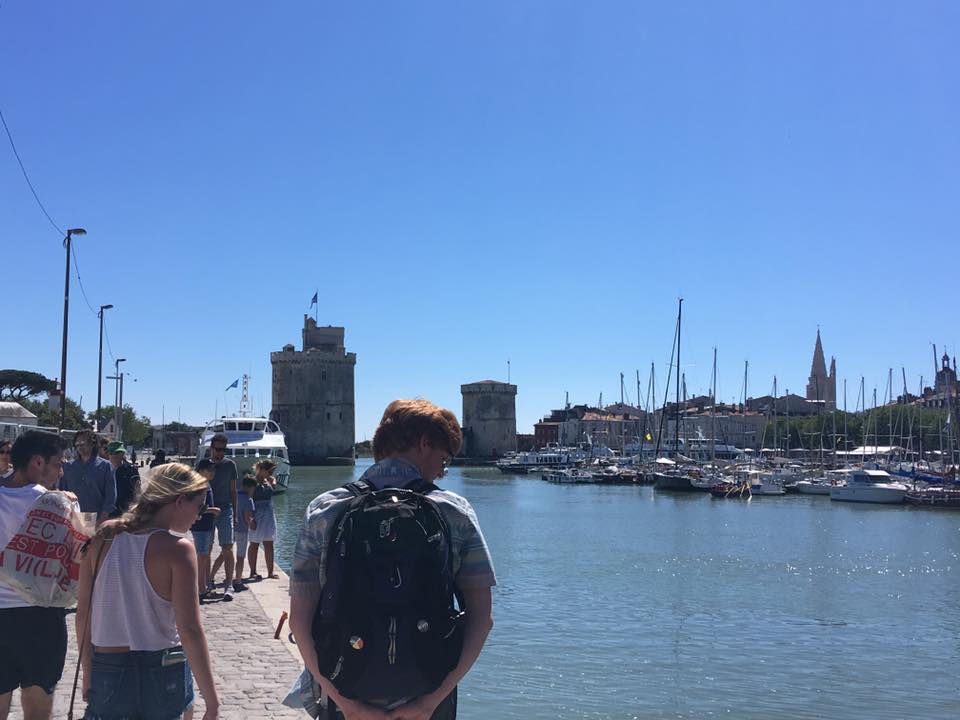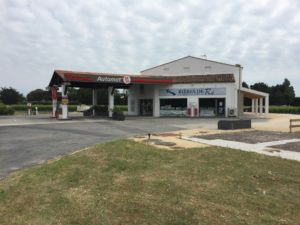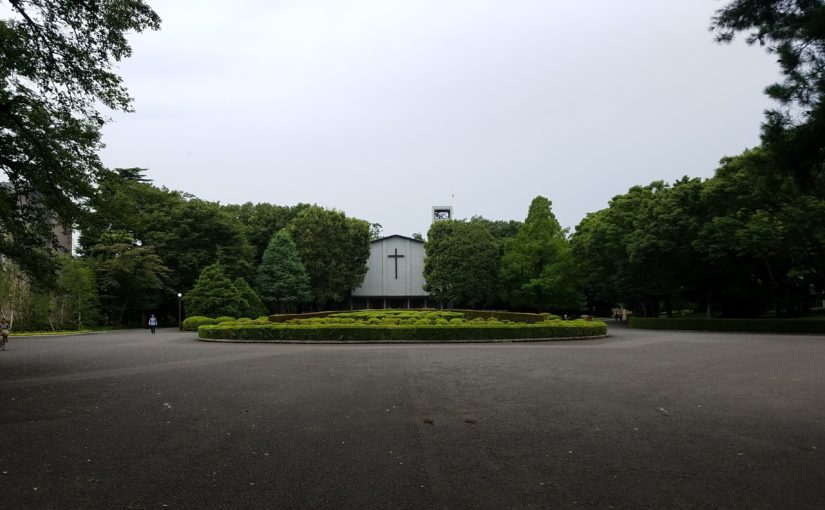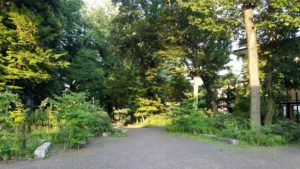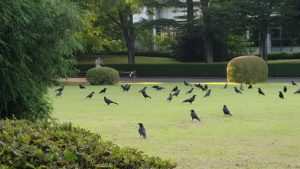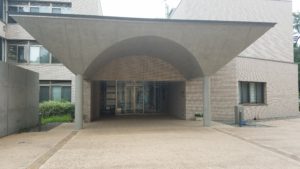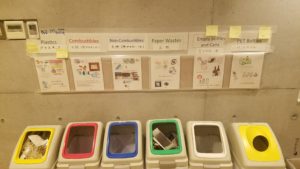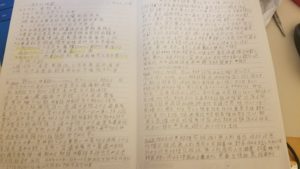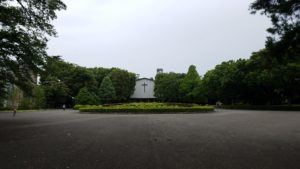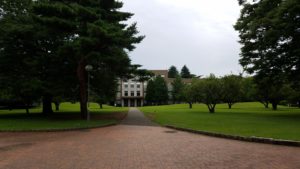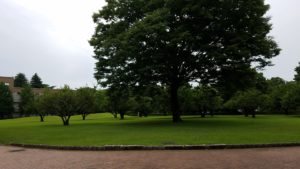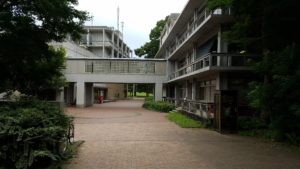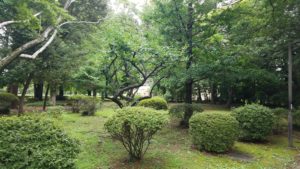June 18th – 24th
As I write this, I am actually not in France; I’m on a bus driving through Belgium. My roommate and I found cheap bus tickets to Brussels, so we spent the weekend there. It was so much fun, especially since I didn’t know much about Brussels, or even Belgium, before actually going. I saw the Grand-Place, Manneken-Pis, a section of the Berlin Wall, and the European Parliament. I visited art museums and cathedrals. I ate Belgian waffles, Belgian fries, and boiled sea snails. And I accidentally ran into one of my best friends, who has been studying in Germany but, unknown to either one of us, ended up visiting Brussels the exact same weekend as me. And French is one of the official languages of Belgium, so I spoke a lot of French too.
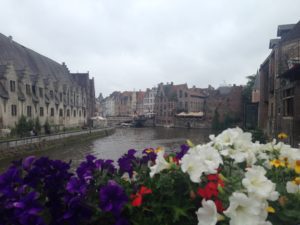
Brussels. I tried to take an artsy photo with the flowers in the foreground, but they just washed out the rest of the picture.
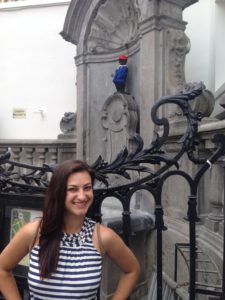
Here’s me with Manneken-Pis. It’s a fountain, and the fountain part is a little boy peeing. It’s Brussels’ self-proclaimed city symbol. It was smaller than I had expected, and it was crowded with tourists taking pictures, so it was basically the Mona Lisa, but Belgian.
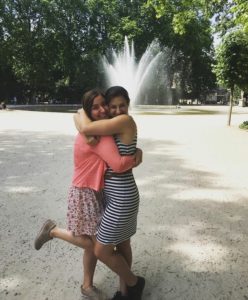
Me and my friend Amber meeting up with each other in Brussels.
I also visited another castle this week: the castle of Azay-le-Rideau. Unfortunately, however, due to a miscommunication (which I maintain was solely the fault of the Azay-le-Rideau tourism website) I didn’t actually get to go inside the castle. The inside of the castle was closed for renovations, so my friend and I just walked around the grounds.
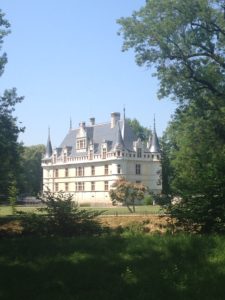
Azay-le-Rideau
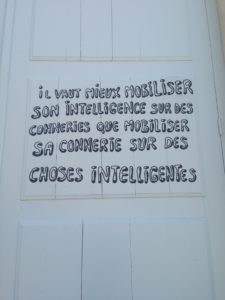
French graffiti in the town around Azay-le-Rideau
I did get to go inside the other historic Loire Valley building I visited this week: the Chapel of St. Radegonde. The newest parts of this chapel date from the 1800s; the oldest parts date from actual Roman times, a.k.a the 100s.
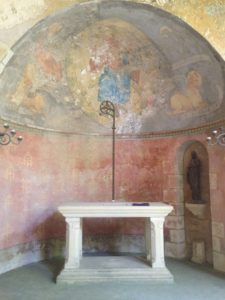
This fresco is an 1800s restoration.
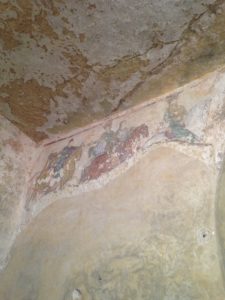
This fresco dates from the 11th century.
So that was the touristy part of my week. The week, however, was also an important one in terms of two other things: language development and character development.
Language development first. On Monday, I had to give a ten-minute-long oral presentation. I chose for my topic the history of Chenonceau (the castle I visited a couple weeks ago). Giving presentations in English is not a difficult thing for me; although I do have many phobias, public speaking is not one of them, and I even in my day-to-day life I tend to talk a lot. In French, however, things are different. As I wrote about last week, my lack of vocabulary and eloquence in spoken French often tends to frustrate me into silence. So I was a little worried about how that presentation was going to go. However, it turned out that I didn’t need to worry. I talked for twelve minutes straight, with minimal pausing and only a few glaring grammatical errors. And I used the subjunctive tense and the plus-que-parfait tense, two verb tenses which I usually avoid at all costs in spoken French.
It wasn’t just during formal oral presentations that I started noticing real changes, either. While at dinner the other night, I began to realize that I was speaking much more quickly and smoothly, with more types of sentence construction and better diction, than I had been able to three weeks ago. I also realized that I was using phrasing and idioms that I’d recently learned in class. It’s really cool to be able to learn something in French class and then get to try it out twenty minutes later, instead of at best two days later, or at worst several weeks later and only while writing a paper.
All this language development got a very practical application on Wednesday. That’s the character development. I hurt my foot a week or two ago, and it was getting steadily worse until finally I caved and agreed to go to the doctor. Going to the doctor in a foreign country whose language you speak at only an intermediate level isn’t the easiest thing in the world to do. (Luckily my host mother was supremely helpful throughout the whole thing, referring me to their family doctor and driving me to the appointment so that I and my foot injury didn’t have to walk there). I was prepared for the worst. But surprise of surprises, I was actually able to effectively communicate with the doctor. Like, explain all my symptoms and answer all his questions (I did have to ask him to repeat himself once or twice, but in my defense he spoke very quickly).
I was supposed to get an X-ray, but I went to Belgium instead, so that hasn’t happened yet. Oddly enough, though, my foot has been improving since Wednesday. So hopefully that X-ray won’t actually be necessary.
In other news, we’ve been suffering through our second heat wave of the summer. As far as cultural differences go, here’s one: while I’m sweating through shorts and tank tops, I pass people on the streets wearing jeans and even jackets. While I love the four-course dinners and the way you greet shopkeepers every time you go into a store, I think I’m okay without the wearing-jeans-in-95-degree-weather custom.
